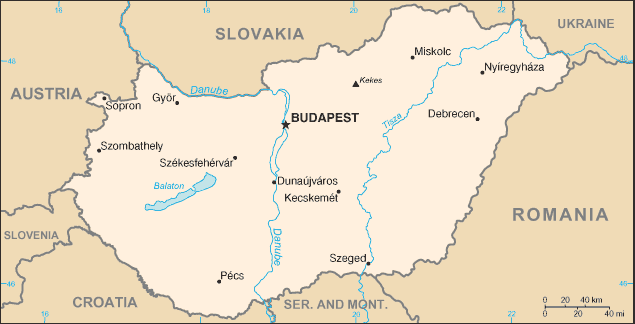Unveil the Charm of Hungary: A Mosaic of Culture, History, and Natural Beauty

Immerse yourself in the heart of Central Europe where Hungary awaits, a country rich with a history that stretches from the Roman times through the era of Magyar tribes setting their roots, to its rise as a European power in the Austro-Hungarian Empire. Today, Hungary stands proud with its unique language and cultural heritage, its capital Budapest shining brightly as the 'Pearl of the Danube'.
Woven Through Time: The Hungarian Narrative
The narrative of Hungary is a chronicle of resilience and pride. From the reign of Saint Stephen, the first King of Hungary, through the Ottoman occupation, to the revolutions against Habsburg and Soviet rule, Hungary has continuously carved its identity, remaining a testament to its enduring spirit and rich traditions.
Budapest: Where Every Street Tells a Story
Straddling the Danube, Budapest is a tapestry of architectural wonder, with the majestic Parliament building, the historic Buda Castle, and the iconic Chain Bridge. The city's thermal baths, like the Széchenyi, offer a dip into both relaxation and history.
Lake Balaton: A Natural Retreat
Escape to Lake Balaton, the largest lake in Central Europe, affectionately known as the 'Hungarian Sea'. Its shores offer vineyards, historic towns, and summer festivals, making it a favorite for both leisure and cultural delights.
Eger: A Blend of History and Wine
In northern Hungary, Eger beckons with its storied castle, baroque buildings, and the Valley of Beautiful Women, renowned for its exquisite wines, especially the bold 'Bull's Blood'.
Pécs: A Cultural Melting Pot
Discover Pécs, a city adorned with a UNESCO World Heritage Site status, celebrating its Roman past, Ottoman influences, and a wealth of historical churches and buildings.
From the Great Hungarian Plain to the historic town of Szentendre, Hungary offers a voyage into its soulful landscapes and vibrant culture. Let travel.frogsfolly.com be your guide to this enchanting land where history, hospitality, and the heartbeat of Europe come together. Join us in exploring Hungary, a country that not only lies at the crossroads of continents but also at the intersection of history and modern-day charm.




















